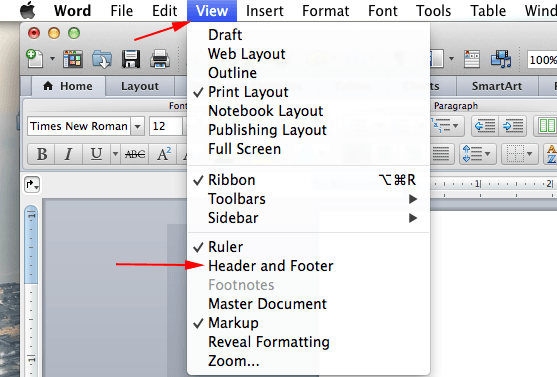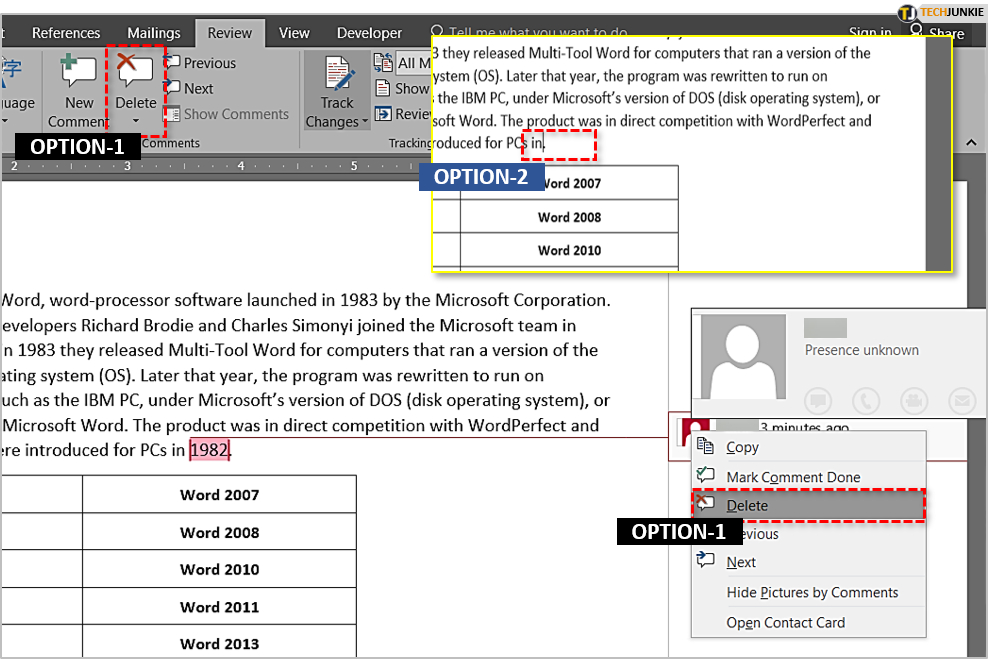

- #STRIP HIDDEN FORMATTING IN WORD FOR MAC 2011 HOW TO#
- #STRIP HIDDEN FORMATTING IN WORD FOR MAC 2011 MANUAL#
- #STRIP HIDDEN FORMATTING IN WORD FOR MAC 2011 SOFTWARE#

Shows the document's structure and allows you to rearrange text by dragging headings. Shows text formatting in a simplified page layout that lends itself well to most standard writing tasks. You can select from Normal, Online Layout, Page Layout, Outline, Notebook Layout, and Master Document views. Changing viewsĬhanging the layout often requires that you view a document in different ways. They'll be referred to throughout the chapters in Part II of this book.įigure 3.1 The Word window. If this is the first time you've used Word, you should start by familiarizing yourself with the Word window and its components ( Figure 3.1).
#STRIP HIDDEN FORMATTING IN WORD FOR MAC 2011 HOW TO#
Other chapters in Part II explain document and text formatting, how to include images in your Word documents, designing tables, and employing more advanced features to create professional-looking documents for use in home, school, and business. While you can get along fine without mastering the material in this chapter, having a familiarity with it will make your Word experience more productive.

However, because many of these features and techniques are common to all Office applications, they've already been discussed at length in Chapter 1.Įxpanding on the material in Chapter 1, this chapter covers additional elementary features that are specific to Word. Normally, the first chapter in a Part covers a program's basic features, such as how to create, open, and save documents, edit text, and the like. You can also use the app in case you just want to remove cache files, manage startup programs and disable unneeded system extensions.For more information on Microsoft Office, visit our Microsoft Office Newsletter. That’s all! It seems that this tool is the best MS Office uninstaller.Īpp Cleaner & Uninstaller is specially designed to uninstall apps from Mac completely and avoid useless service files cluttering your disk space. Click the Remove button and confirm the deletion.Then select the Word program in the left section of the window.First, launch App Cleaner & Uninstaller.The application will scan your Home folder and, in several seconds, show you a list of all your applications as well as the list of service files for each application. With App Cleaner & Uninstaller, you can avoid the long process of manually searching for service files. How to Uninstall Word on Mac with App Cleaner & Uninstaller Read on to learn how to uninstall Word with a few clicks. So, most certainly, using a Microsoft Office removal tool would be more suitable for you.
#STRIP HIDDEN FORMATTING IN WORD FOR MAC 2011 MANUAL#
Well, the manual way of programs deletion could be too long, inconvenient and unsafe in case you delete files by mistake. Otherwise, the deleting of important files may damage the system.Īfter this, just don’t forget to empty Trash. You should accurately remove all the files created by Microsoft Word, but be very careful not to touch any other file. However, we would recommend that you also check the following directories for possible leftovers: In our case, the Word service folder was located in the following directory: Here you should find all the folders and files related to Microsoft Word and delete them. In the search field type ~/Library and click the Go button. For this, use the Command+Shift+G key command.
#STRIP HIDDEN FORMATTING IN WORD FOR MAC 2011 SOFTWARE#
You have to search for them yourself or download special software tools for this task. MacOS doesn’t provide any default tool to find and remove the leftovers of apps. And, even if you delete the executable file, the service files still remain on your disk until you remove them manually. You might know that every application creates service files during its operations.

Well, now we came close to the most important part of the program’s deletion. Just move the application into Trash by dragging and dropping it or by using the context menu.


 0 kommentar(er)
0 kommentar(er)
